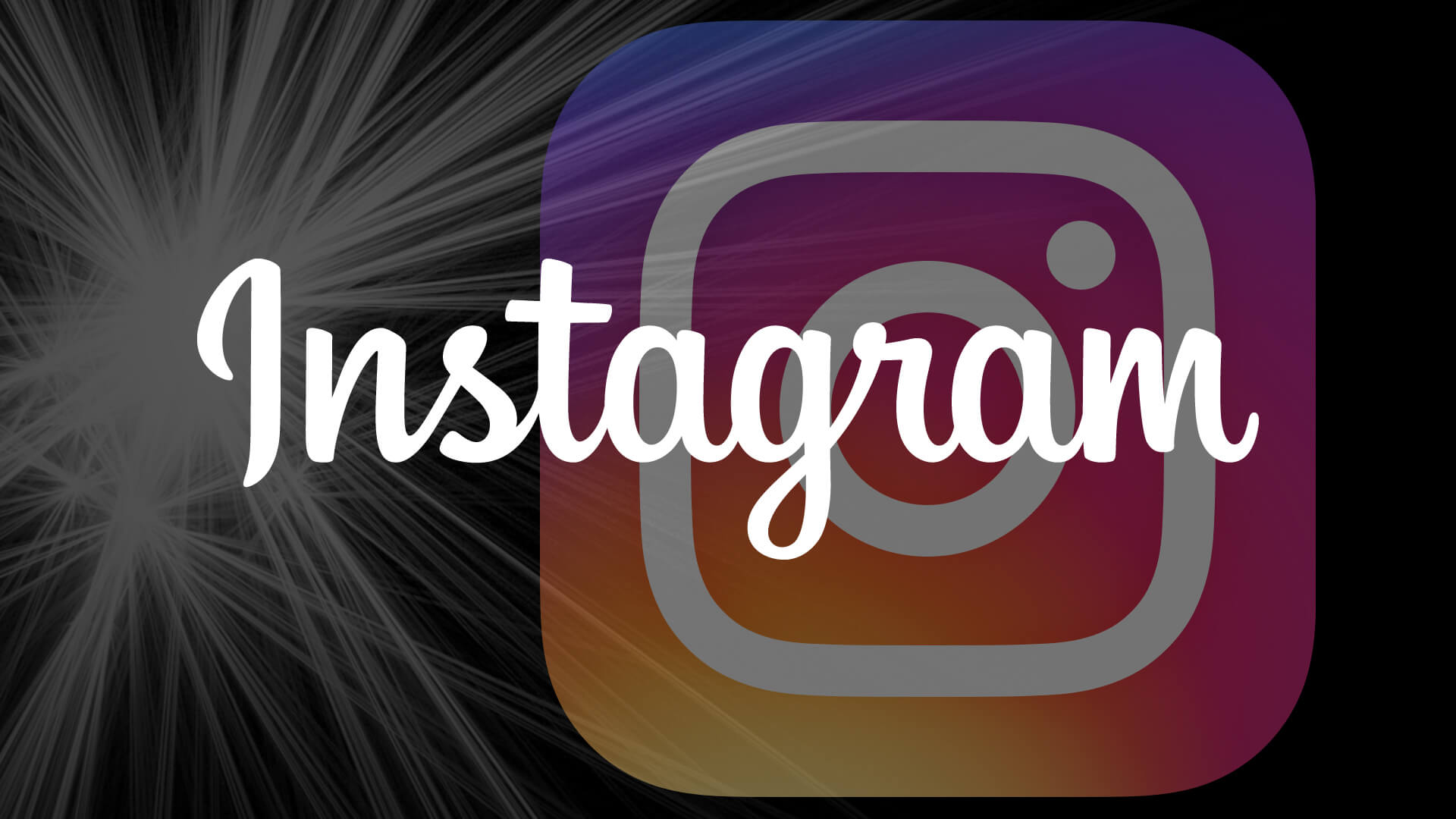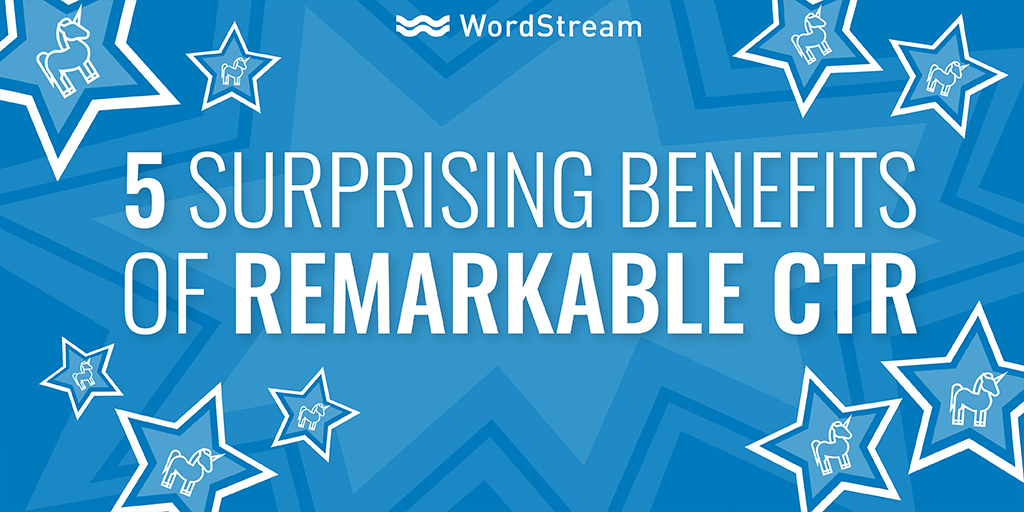


Is mobile SEO obsolete?
Please visit Marketing Land for the full article.

Instagram now has more than 500,000 active advertisers
Please visit Marketing Land for the full article.

2 Classic Ways Your Analytics Are Lying to You

You have potential
Analytics are supposed to be insightful. They’re supposed to provide helpful hints and clues to what’s working well (and how to continue doing it).
They’re not supposed to induce an aneurysm every time you’re asked for monthly numbers.
For example, take a quick look at the sources sending you traffic. Chances are, the biggest slice is from search engines (both paid and organic traffic). Cool – you can dive deep into the pages receiving the most visits and start reverse-engineering ways to improve.
Another slice includes your referring websites. Great – now you can figure out why they’re referring you and come up with ideas to have them refer you more or identify new sites to do the same.
So far so good. Two (relatively) transparent, easy-to-understand channels that are inspiring new tactics.
Then there’s direct – the other 20-40% of your traffic. And that’s where all of your problems begin.
Analytics Lie #1. Channel Problems
Direct traffic is simply all the people typing your website URL into the browser…right?

Unfortunately, it’s not that simple.
Direct traffic is more like your junk drawer at home. Sure, there’s probably some important stuff that belongs in there. But more often than not, most of that stuff should be organized somewhere else.

Big junk drawer
For example, let’s say you send out a tweet or new email campaign with a link. That content is going to be viewed in a variety of ways, in a variety of applications.
Desktop clients can be especially problematic, often removing most of the important info your analytics packages need to track where that visit came from. So visits from Tweetdeck (is that a thing still?) and Outlook will be thrown under Direct (instead of the more appropriate Social or Email).
The second problem is the vast migration to HTTPS. Secure search is a good thing, adding an additional security layer like encryption and attempting to enforce more privacy in what goes on. However, it commonly causes many of the same issues, where referring data gets lost (or stripped) and your Direct traffic gets overstated, while Social and Email get understated (making you think those channels didn’t perform as well as they should have).
Don’t just take my word for it here.
Groupon did an experiment to discover how much of their traffic was being incorrectly labeled as Direct.
So they started where most rational people would – by completely de-indexing their website from Google for a day. (JK – never do this unless working with a professional.)
To be fair, they didn’t include pages that are commonly reached through direct traffic like their homepage or top-level pages like Groupon Getaways (because those do actually get a fair amount of people typing them in).
Instead, they focused specifically on the long-tail stuff that nobody (in their right mind) would ever remember and type in (think: Restaurants in San Francisco on Groupon).
Here’s a snapshot of the hours 13:00-16:00 (which I literally have to count on my fingers what time is it because I’m an ignorant American), showing that “SEO” traffic drops to almost zero while “Direct” traffic actually falls 60%.

The TL;DR findings?
“Our testing shows that, for a site getting in the ballpark of 50% mobile web traffic, 60% of the traffic to long URLs reported as Direct is probably Organic traffic from Google.”
How to Fix It
Soooooo…now what?
You’re probably already familiar with UTM codes. Google URL builder, blah blah blah. I’ll save you another lecture. But just knowing about them isn’t enough, you need to consistently execute on them.
There’s this concept I like to steal borrow from Oli at Unbounce loosely called inbound traffic segmentation. The idea is to create unique paths for all major traffic channels to get a better handle of which channels are driving or generating what.
Here’s a pretty picture they created that probably makes more sense.

So you might take one landing page, create multiple versions of it for each channel (making sure to of course deindex or nofollow those duplicate ones), and help you pinpoint the good from the bad.
To get everyone on the same page, I like using a simple collaborative Google Doc, outlining all the landing pages, their traffic source or channel, the UTM tracking and who’s gonna own it.

This is incredibly time consuming. It’s borderline overkill. But it gives you a foundation or starting point to tracking true campaign or channel performance for not just leads, but also buyers, subscribers and clients (as we’ll dive into later).
The next step is to set-up your various content pieces, ads or CTA’s that are going to drive traffic to these new landing pages.
If you sit down and create a lot of this stuff at one time, you can save yourselves a lot of time and hassle later, because everything will be strategically aligned and tracked properly.
More spreadsheet time.
![]()
You can identify the specific action or objective for each individual piece of content posted to a social network, as well as pre-identify the tracking token you want connected to each.
You’re not reading a frilly, silly social blog though. This is a paid one, damnit. So here’s an example of a similar approach.
![]()
Again – you’ve got the ad, the destination URL, and the tracking token. All pre-planned and ready for whomever is going to edit and push to each platform.
These (lengthy, time-consuming) steps help a lot.
Unfortunately, they just scratch the surface of solving your analytics problems though.
Because while you can now gain better insight into what marketing activities are doing for each channel, being able to properly attribute goals and conversions is another nightmare.
Analytics Lie #2. Attribution Problems
Google Analytics (and most basic analytics platforms) will tell you which channel people converted from.
Last.
That means, you’ll commonly see things like Organic or Paid as your top driver of conversions. Makes sense. People use intent in these channels, typing in exactly what they want to see. So they get the lion’s share of conversions.
But here’s the problem with that picture:

People need multiple touch points, and commonly interact with multiple channels, prior to eventually converting.
So while their branded search campaigns might have eventually resulted in a successful goal completion, it wouldn’t have happened with that Display ad, the Retargeting one, the Generic Paid Search and the Email campaign.
Unfortunately, getting a PhD might be easier than successfully, accurately setting up full funnel attribution.
Exhibit A: this excellent blog post on multi-channel attribution by Avanish. If you can decipher that without popping a few Nuvigil (Limitless) pills, have at it!
For the rest of us mere mortals, what to do about it?
How to Fix It
First, understand that just because you’re not quantifiably tracking something doesn’t mean it’s not there.
McKinsey has shown how one (undoubtedly large) telecommunications company resigned to making a few assumptions when approaching a new social endeavor:
- The new social campaign should lead to increased positive mentions and interactions online.
- Search performance should increase as a result from this additional brand awareness and social shares.
- If these two happen, we should be able to indirectly see sales increase as a result.
- And then we should be able to compare those correlated numbers with our spend on other ad or promotional channels.
The result?
“The company concluded that social-media activity not only boosted sales but also had higher ROI than traditional marketing did. Thus, while the company took a risk by shifting emphasis toward social-media efforts before it had data confirming that this was the correct course, the bet paid off.”
Hey – it’s not ideal. But it works.
If you’d like a (slightly more accurate) alternative, try lead scoring.
Assuming you have a fully-featured CRM, marketing or sales automation platform in place, you can set up a (slightly arbitrary) point system based on what visitors and potential leads are doing on your site.
For example:
- If the contact has 1-5 pageviews, give them 5 points
- If the contact has 6-10 pageviews, give them 10.
Here’s what that looks like:

You obviously can (and should) get this more sophisticated, tracking specific pageviews (like a case study or pricing page) as well as interactions in 2+ channels (like social and email).
Add it all up, and you’ll eventually get something that looks like:

That’s probably hard to read. But that’s also kinda the point. It’s a single contact’s journey, including all interactions with your website and communication channels.
This one contact has visited our site over the course of several months, using different channels to get there each time.
Having full visibility into your marketing performance like this ain’t cheap, but it does get you a little closer to closing any remaining analytics gaps that remain.
Conclusion
Reporting, in and of itself, is useless. What matters, are the insights, findings and recommendations drawn from those reports.
Literally the only reason to ever open Google Analytics is so you can learn how to make better decisions when it comes to tweaking your ads, or adjusting your spend.
(Or, if you’re having trouble sleeping one night.)
The problem is that almost all analytics programs (unintentionally) lie. They’re unable to parse the correct channel or fail to give you the complete picture of where a lead came from.
It’s not perfect. It can be time consuming and frustrating.
But it’s a start.

The 6 Main Reasons Businesses Fail and How to Avoid Each

6 Wise Investments for Your Small Marketing Budget

This Latest Food Mashup May Have Gone Too Far

Instagram Rolls Out Option to Save Posts as Drafts

5 Surprising Benefits of a Super-High CTR
All of my regular readers know that I have a completely normal and healthy obsession with unicorns. I am the Original Unicornaholic.
You should be obsessed with unicorns, too! Too many marketers settle for boring donkeys when there are magical unicorns just waiting to be discovered. Unicorns that will save you money and make you money!
But unicorns aren’t my only obsession. I have another: increasing click-through rates.
Obviously, CTR is important in PPC marketing. A higher CTR means a higher Quality Score, which reduces your CPC and improves your ad rank.
But it goes much further than that.
A remarkable CTR is not only the most important thing in AdWords, but it is also extremely important for other marketing channels. These include organic search, CRO, social media, and email marketing.
Here are five surprising benefits of having a remarkable, unicorn-worthy CTR across all your marketing channels.

1. Much Higher Ad Impression Share
You get big discounts from having a high CTR. Namely, a lower cost per click, which really adds up as clicks accumulate.
This is true not just of vanilla search ads, but all Google properties, whether we’re talking about the Google Display Network or Gmail Ads.
But a remarkable CTR doesn’t just impact CPC. It also impacts your impression share – how often your ads show up in the first place.
On the Google Search Network, every increase (or decrease) of 1 point in Quality Score can make a huge positive impact on your impression share:

If you can increase your Quality Score by one point, your impression share on average will increase by about 6 percent on desktop.
This is even bigger deal on mobile, where impression share is twice as competitive.

Increasing your Quality Score by one point would increase your impression share by an average of 12 percent!
Data sources: Impression share data is based on an analysis of approximately 10,000 small and medium-size accounts (spending between $10,000 and $15,000 per month), based worldwide, advertising on the Search network in Q1 and Q2 of 2015.
2. Your Organic Search Positions Will Get A Boost

We recently conducted research to test whether achieving above-expected user engagement metrics results in better organic rankings. We observed an unmistakable pattern:

- The more your pages beat the expected organic CTR for a given position, the more likely you are to appear in prominent organic positions. So if you want to move up by one spot (e.g., Position 5 to Position 4) in Google’s SERP, you need to increase your CTR by 3 percent. If you want to move up again (e.g., Position 4 to Position 3), you’ll need to increase your CTR by another 3 percent.
- If your pages fall below the expected organic search CTR, then your pages will appear in lower organic SERP positions. Basically, if your page fails to beat the expected click-through rate for a given position, it’s unlikely your page will appear in positions 1–5.
You want your pages get as many organic search clicks as possible, right? Attracting more clicks means more traffic to your site, which also tells Google that your page is the best answer for users – it is relevant and awesome.
Another thing we discovered was that the weighting of click-through rate is in Google’s organic search ranking algorithms is becoming more important every month this year.

Here I was tracking a group of 1,000 keywords and URLs for the past 5 months. What I found was that the Google algorithm is shifting to increasingly higher CTRs for top-4 organic ranking status.
This is what you would expect to see if Google Search were employing a machine learning-based algorithm that reordered listings based on CTR – people would see more of what they were hoping to see at the top, reducing the need to scroll lower down into the SERPs.
3. Your Conversion Rates Increase
Increasing your click-through rate will also increase your conversion rates. If you can increase your CTR by 2x then your conversion rate should increase by 50 percent.
That’s why click-through rate is the most important conversion metric (in my opinion).
For example, look at this data from one large client’s account:

This is just one example. We see this same conversion curve in many accounts. (It’s just difficult to combine multiple accounts into one graph because conversion rates vary depending on factors like the industry and offer.)
What’s happening here is that if you can get someone excited to click on your website (via email, ads, organic search listings, or whatever), the excitement carries through to sign-up and purchase.

4. Free Clicks From Social Ads
Facebook and Twitter don’t have a Quality Score. Well, they do, Facebook just calls it Relevance Score and Twitter calls it Quality Adjusted Bid.
Whatever they call their version of Quality Score, having a higher score results in a higher ad impression share for the same budget at a lower cost per engagement. A high engagement rate means your ads will be more visible and more cost effective, as shown here:

Notice how the cost per engagement on Twitter Ads falls dramatically as the engagement rate of the post you’re promoting rises.
One of the surprising benefits of having high engagement on Facebook and Twitter is that you’ll benefit from free clicks. How?
On Facebook, if someone shares one of your boosted posts, that will show up in another person’s news feed and you won’t get charged for any of the additional engagements that happen there.
On Twitter, if you do a Promoted Tweet, when one of your followers retweets or shares it, you’ll get more totally free organic impressions.

5. People Will Actually See Your Emails
Now let’s talk about email marketing. How many emails do you get each day? Dozens? Hundreds?
If you engage with the emails that brands and businesses regularly send to you, you’ll continue to see them. If not, it might get filed away in Outlook’s Clutter folder or it may be relegated to Gmail’s Promotions tab – or even worse, the Spam folder.

Case in point:

Microsoft Outlook’s clutter filter regularly filter emails I’ve opted into receiving – including internal emails from my own company! These emails are being filtered out based on machine learning.
What does this mean for your company?
If your emails have a higher CTR (though for emails the better equivalent is actually higher open rate), then it’s more likely that your emails will actually get seen, opened, and clicked on. If your click-through rates are terrible, your emails will be rounded up and thrown in the dark “clutter dungeon.”
One thing we did was to delete people from our email lists who were unresponsive. If you’re just accumulating emails over many years, why? Do you think someone who has been dormant and never engaged with your emails is going to magically turn into a sale 5 years later?
Deleting half your database is one way to instantly more than double your CTR. Email providers will notice that more people are engaging, making it less likely your emails will end up in the dungeon.
Why I’m Obsessed with CTR

There’s a reason why click-through rate is one metric I pay the most attention to. Increasing your CTR will result in:
- More ad impressions
- Better organic search rankings
- Higher conversion rates
- Free clicks from social media ads
- More people seeing, opening. and engaging with your emails
If you want to enjoy all these great benefits, you need to start optimizing your CTR. Make yours remarkable!

System Works People Fail
Sale Without Selling If you wish to start a business but not sure where to begin do not worry about
Continue reading
